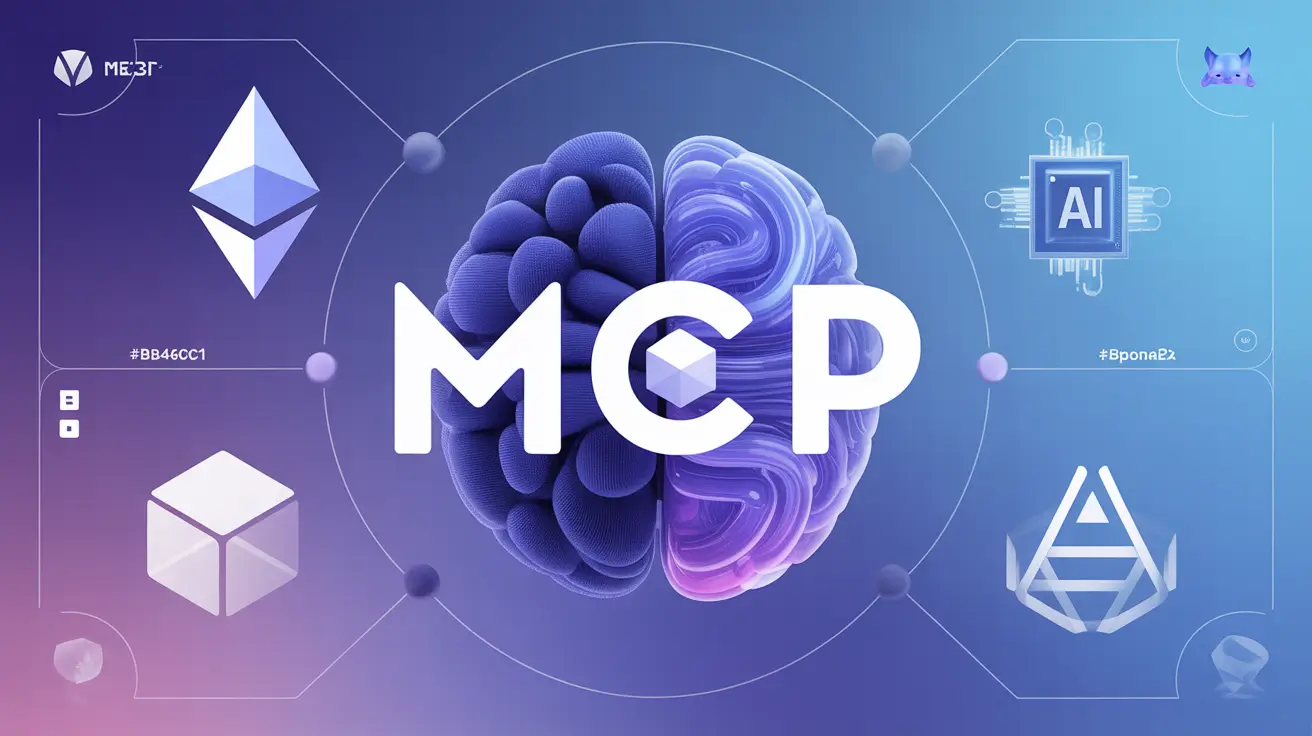Table of Contents
Ethereum’s co-founder, Vitalik Buterin, has announced a game-changing plan for the network’s next phase, dubbed the “Surge.” This ambitious step aims to propel Ethereum’s ecosystem to process over 100,000 transactions per second (TPS) across both the mainnet and Layer 2 (L2) networks. Buterin’s vision goes beyond just scalability, with a focus on interoperability among L2s to create a seamless Ethereum ecosystem.
Ethereum’s Path to 100K TPS
Vitalik Buterin’s goal with the Surge is to build a unified Ethereum ecosystem where all L2 networks work together harmoniously. He noted that “Ethereum should feel like one ecosystem, not 34 different blockchains,” emphasizing the importance of communication and interaction between these layers. The aim is to ensure that L2s are fully integrated, making them an essential part of Ethereum’s infrastructure.
Rollups: The Heart of Ethereum’s Future
Vitalik praised the progress of Ethereum’s rollup-centric roadmap, which saw major advancements with the Dencun upgrade. This upgrade included the Shanghai and Cancun-Dened enhancements, which significantly reduced data costs and transaction fees on L2s. However, the success of rollups has introduced some challenges. Critics argue that L2s are taking users away from Ethereum’s mainnet, raising concerns about network security and economic impacts on Ether (ETH).
Trustless Rollups: Key to Ethereum’s Future
In his blog post, Buterin emphasized the need for L2s to become trustless, much like Ethereum’s mainnet. While rollups have made strides, concerns over bugs and vulnerabilities in code have slowed their adoption. Trustless rollups are crucial to ensuring that L2s inherit Ethereum’s decentralized and secure architecture, allowing them to scale efficiently.
Scaling the Ethereum Base Layer
Vitalik also highlighted the need for Ethereum’s base layer (L1) to scale. Without improvements to L1, even the most efficient L2 solutions may struggle under the growing demand. While one solution could be to increase Ethereum’s gas limit, Buterin warned that this might lead to centralization risks, as higher costs could discourage stakers. Instead, he suggested implementing multidimensional gas pricing to lower costs without sacrificing decentralization.
Enhancing User Experience
Improving user experience is another major focus of the Surge. Currently, moving tokens between L2 networks can be cumbersome, requiring manual bridging and gas token conversions. Buterin believes that a more streamlined approach, where users can transfer tokens between L2s seamlessly, will greatly enhance the overall Ethereum experience.
The Future of Ethereum: A Rollup-Centric Roadmap
Originally, Ethereum’s ETH 2.0 roadmap focused on sharding to scale the network. However, in 2020, Buterin shifted the focus to a rollup-centric approach, with projects like Optimistic Rollups and ZK-rollups taking the spotlight. These technologies enable off-chain execution and computation while still maintaining the security of Ethereum’s mainnet.
Ethereum’s transition to a rollup-centric future represents a major shift in its development path, offering the potential for unprecedented scalability while preserving the decentralization that makes Ethereum special.
This post reflects the latest advancements in Ethereum’s scaling efforts, and at ApexWeb3, we’ll continue to cover the most important developments shaping the future of Web3 and blockchain technology.





